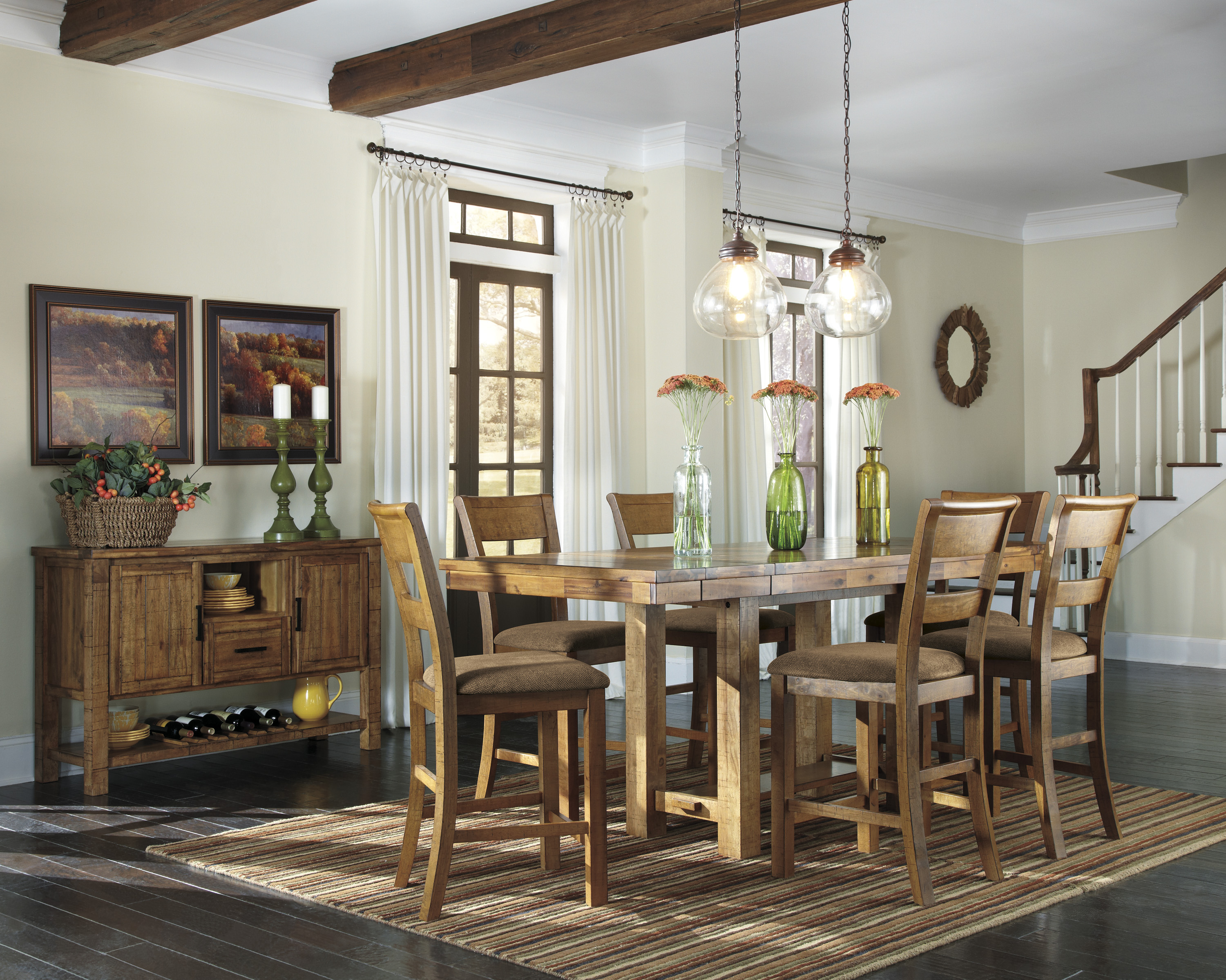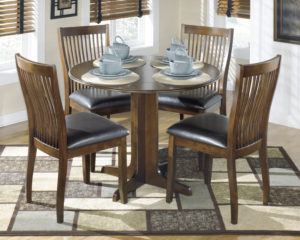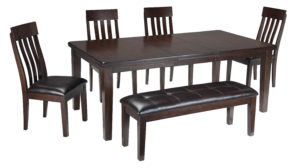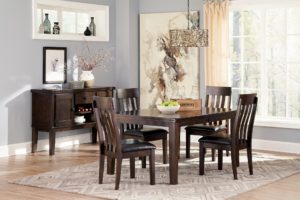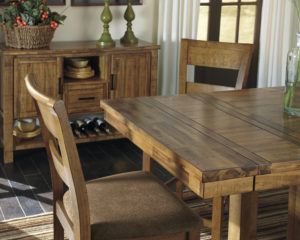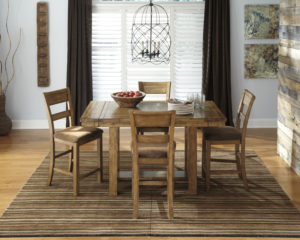We know there are lots of options out there for dining tables: rectangular, square, round, oval, etc. It can be daunting. Let’s add one more: extensions… and not the hair kind!
A table extension is a great feature that provides extra seating for different occasions. There are different types of extension depending on the table construction and style. This sounds all good, but before you go out shopping for a table with extensions, there are a couple of things you should consider.
Think About Your Lifestyle and Daily Routine
This is one of the basic things. If you like to entertain often but have a limited space, then a table with extensions is your best bet.
Your daily routine will give you a hint of the minimal table size you need while the average number of people you have over for a dinner party will tell you the maximum number of seats you need. Add 2 to this number to be on the safe side.
Find examples of table dimensions per shape and the number of people they can accommodate on House Plan Helper.
Consider Your Dining Room Size and Shape
Tables come in different shapes and sizes. Rectangular tables are great for narrow rooms. Smaller and squared shaped rooms call for round or square tables.
Take some measurements. Remember to account for space for people to walk around the table comfortably with and without the extension. “Leave at least 30 inches (76 cm) between the edge of the table and an obstruction (wall or sideboard – or anything else) to allow people to take their seats. With 30 inches it will still be very tight if people get up in the middle of the meal. The ideal distance for dining table clearance is 48 inches (122 cm). This allows people to come and go from the table comfortably and the proportions of the room will look more elegant.[1]”
Not Using the Extension?
If you are not using the extension on your table, what should you do with the extra seating? This is easy. It is always a good idea to repurpose the extra chairs. You could use them as accent chairs in other rooms such as your living room or bedroom. Just bring them over to the dining room when you need them.
Table Extension Types
Dining table extensions come in various types depending on the manufacturer. You should feel comfortable with the mechanism, so make sure you try it out first. These are the most popular ones:
Drop leaves: The extensions are often located at the end of the table. They are easy to operate, and they are stored with the table. A tip: avoid seating someone at that leaf-end of the table when the leaf is down.
Butterfly leaves: These are usually found in the centre of the table, but can also be used on the ends and side. These are, in most cases, self-storing leaves. Depending on the manufacturer, it sometimes needs 2 people to properly open and close the extension.
Removable leaves: These are simply extensions added to the table. They may be stored separately; although some tables include the option of self-storage.
So these are the types of dining table extensions available to you. Traditionally offered in wood, you can now also find expandable dining tables in metal and glass depending on the style you are looking for.
And once in a while, you will come across one of these superb pieces that is simply a work of art. I am leaving you with this video of the Fletcher Capstan $50,000 dining table. Watch it unfold right before your eyes, simply spectacular!
[1] http://www.houseplanshelper.com/dining-room-size.html

